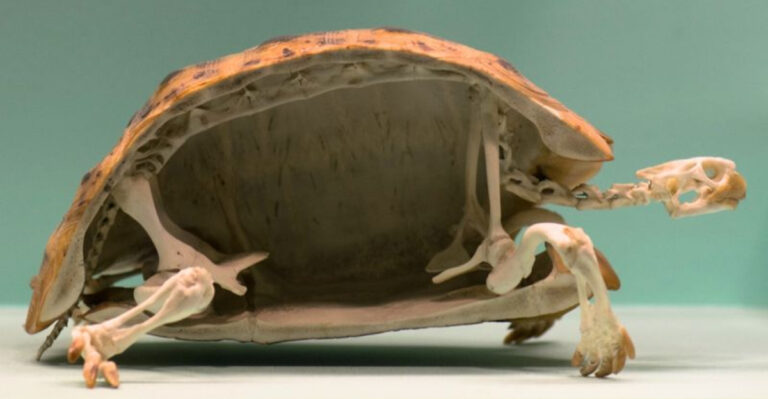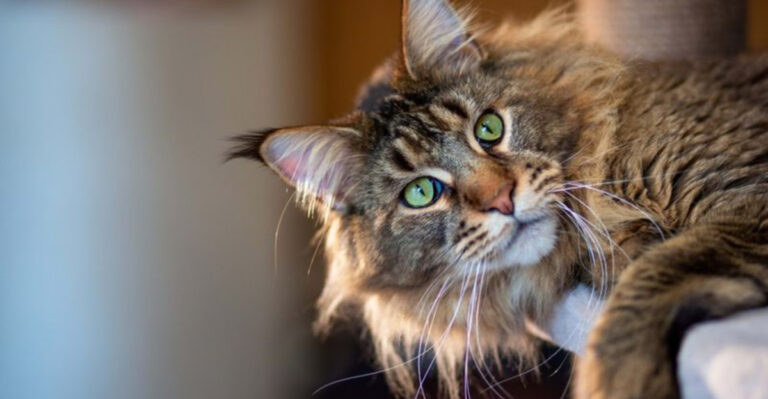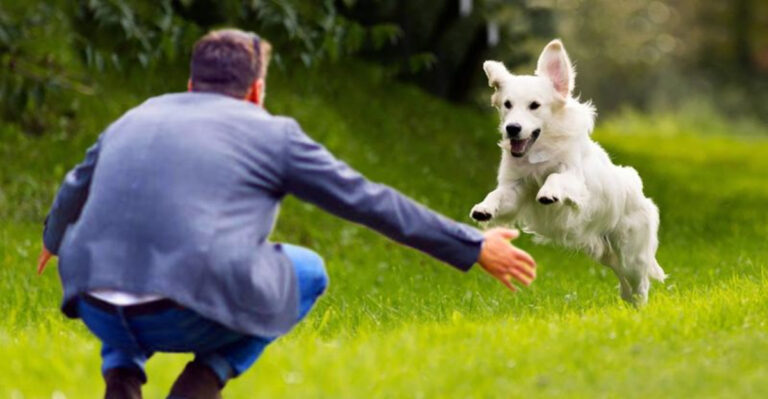What Goes Down When A Jaguar And A Coyote Cross Paths

Ever wondered what happens when two wild predators from different worlds collide? The mighty jaguar and the clever coyote rarely share territory, but when their paths cross, nature’s drama unfolds in fascinating ways.
Understanding these rare encounters gives us a peek into the complex rules of the animal kingdom and the surprising behaviors that emerge when predators meet.
1. Size Mismatch Creates Instant Hierarchy
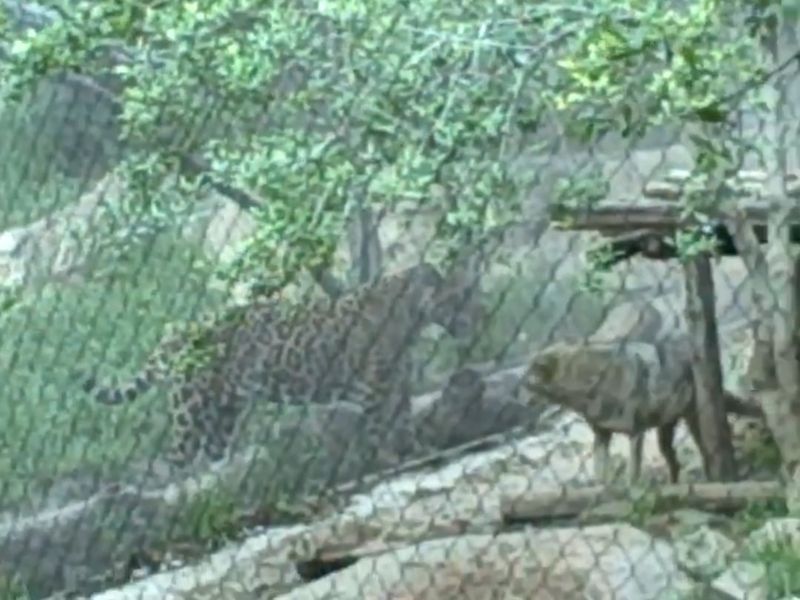
Jaguars tower over coyotes with triple the weight and double the muscle power. An adult jaguar typically weighs 200+ pounds while coyotes barely reach 30-50 pounds.
This dramatic size difference immediately establishes who’s boss in any face-to-face meeting. The coyote instinctively recognizes this power imbalance, affecting every aspect of the interaction.
2. Territorial Boundaries Rarely Overlap
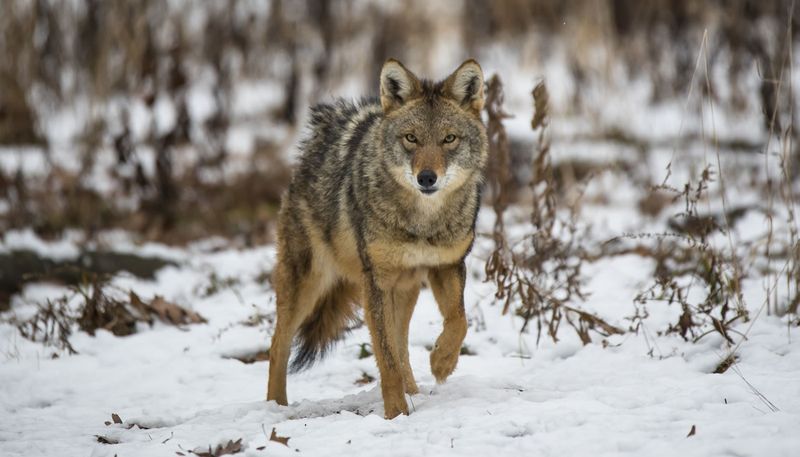
Mother Nature keeps these animals apart through geographic separation. Jaguars dominate Central and South American rainforests and wetlands, while coyotes thrive across North America’s varied landscapes.
Their natural ranges barely touch in parts of Mexico and the southwestern United States. Human development and changing habitats have gradually pushed these boundaries, creating new potential for rare encounters.
3. Hunting Styles Clash Dramatically
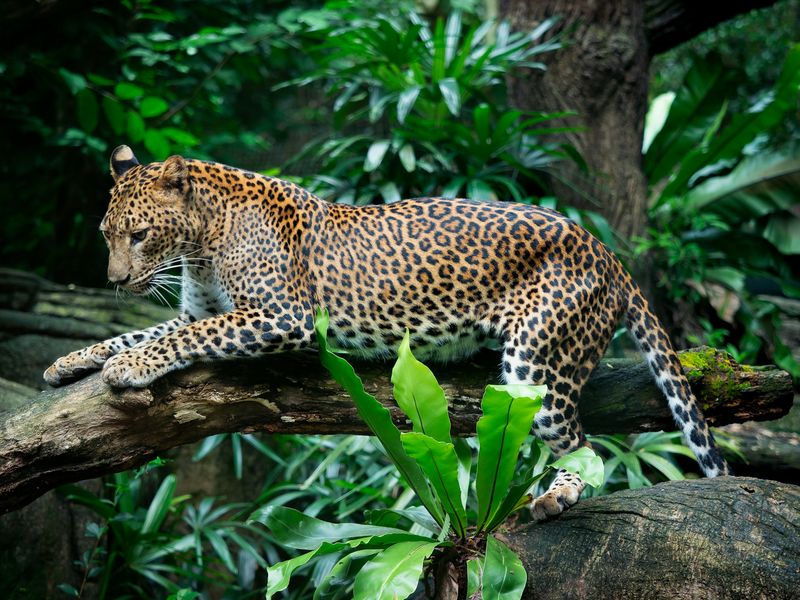
Think boxing champion versus tactical chess player! Jaguars ambush with powerful bites that can crush skulls and pierce turtle shells. Their strength-based hunting style contrasts sharply with coyote methods.
Coyotes rely on stamina, teamwork, and opportunistic scavenging. They track small prey through open terrain, sometimes hunting in pairs or small family groups to take down larger animals.
4. Unexpected Outcomes In Food Competition

Surprisingly, smaller coyotes sometimes benefit from jaguar kills! Smart coyotes might trail jaguars from safe distances, waiting for leftover scraps.
Jaguars typically consume their prey quickly then move on, unlike lions who guard carcasses. This creates a potential scavenging opportunity for the opportunistic coyote, turning a dangerous predator into an unwitting provider.
5. Avoidance Tactics Save Lives
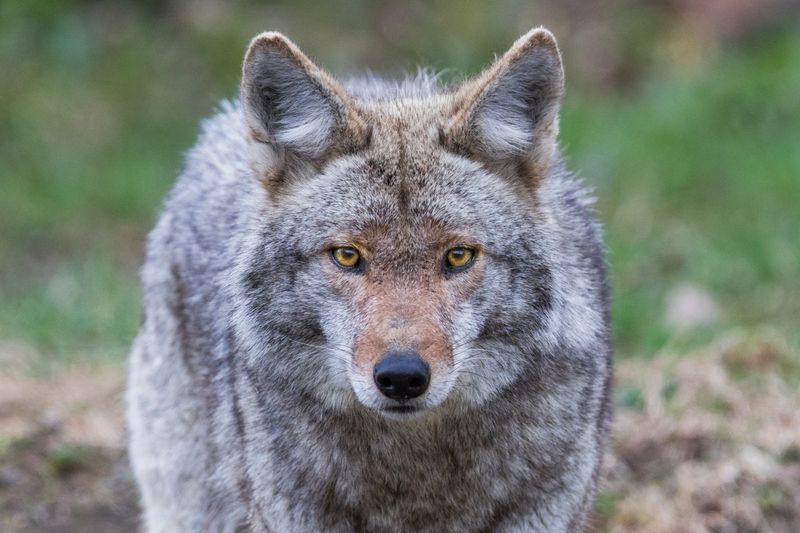
Coyotes possess remarkable detection skills, using their keen senses to avoid danger. Their excellent hearing and smell can detect jaguars from impressive distances, giving them time to quietly slip away.
When sensing a jaguar nearby, coyotes typically freeze, assess wind direction, then retreat using natural cover. Their survival depends on this early-warning system and strategic retreat.
6. Vocal Communication Signals Intent
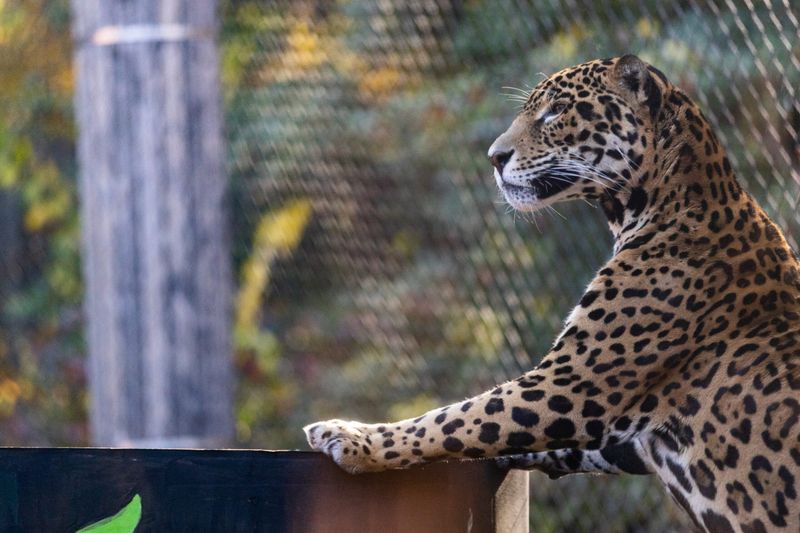
Sound plays a crucial role when these predators detect each other. Jaguars use deep, intimidating grunts and “sawing” roars that travel through dense forest, announcing their presence and dominance.
Coyotes respond with silence, abandoning their usual yips and howls to avoid detection. This acoustic cat-and-mouse game reveals much about predator psychology and survival strategies.
7. Nighttime Encounters Change The Rules
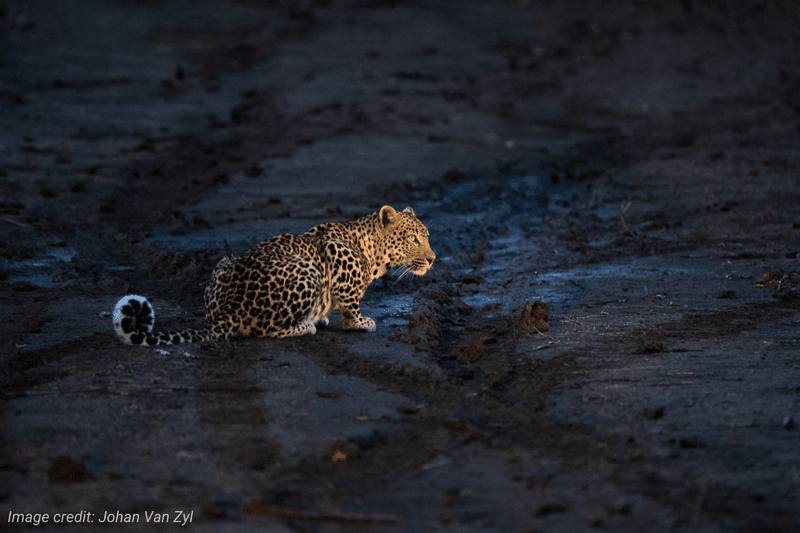
Darkness shifts the advantage in unexpected ways during rare nighttime meetings. Both animals have excellent night vision, but jaguars truly excel in low light with pupils that expand to capture maximum moonlight.
Coyotes compensate with superior hearing and smell, detecting subtle movements from further away. The cover of darkness creates a more complex dynamic between these predators than daylight encounters.
8. Water Boundaries Create Surprising Scenarios
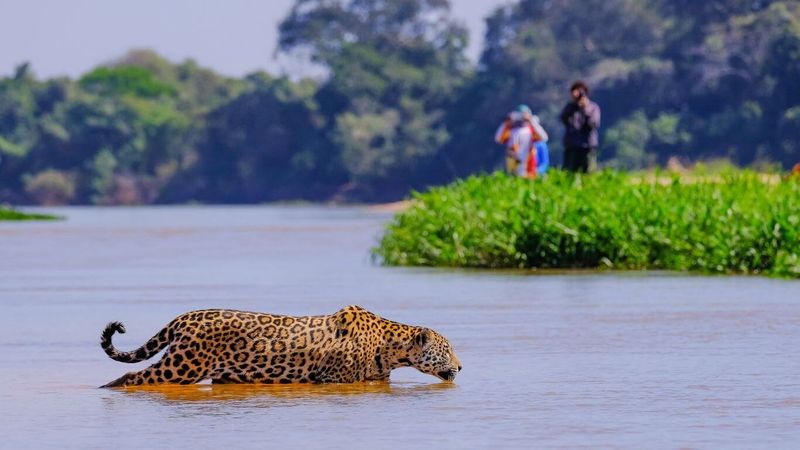
Rivers and lakes create fascinating interaction zones where normal rules change. Jaguars swim powerfully and often hunt caiman in water – a shocking reversal for a cat species!
Coyotes, while capable swimmers, prefer to avoid deep water. This creates safe zones where coyotes might observe jaguars from across waterways, learning about this powerful predator without direct confrontation.
9. Body Language Speaks Volumes
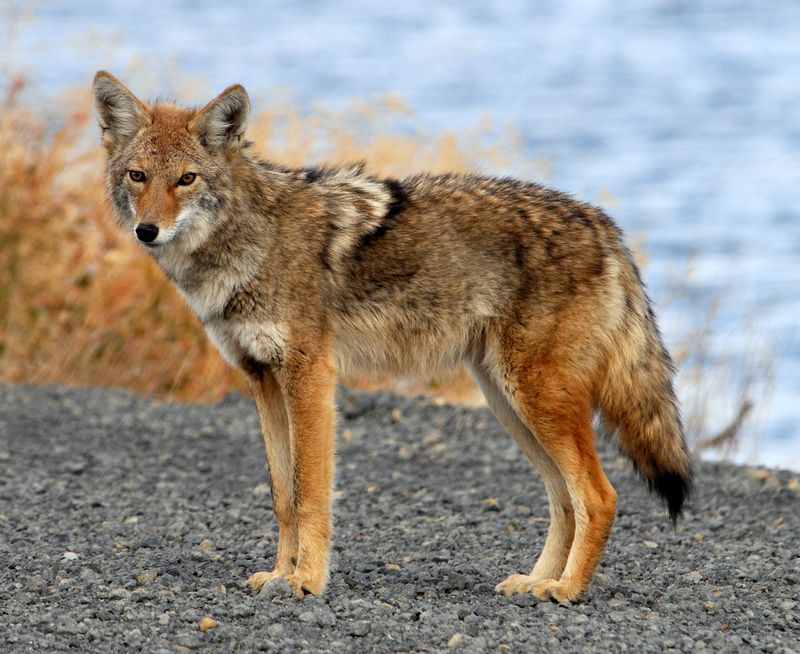
Subtle physical signals reveal everything about these encounters. A confident jaguar holds its head high, moves deliberately, and may even ignore the coyote completely – the ultimate power move!
A coyote responds with submission cues: lowered head, averted gaze, and a slightly crouched posture. These silent conversations follow ancient predator protocols that prevent unnecessary conflict.
10. Mutual Prey Creates Conflict Zones

Competition heats up around shared food sources. Both predators target deer species, though jaguars prefer larger varieties while coyotes focus on fawns and smaller deer.
This dietary overlap creates tension points around game trails and water sources. During drought or food scarcity, these rare encounters become more likely as both animals expand their hunting territories.
11. Human Development Forces New Interactions
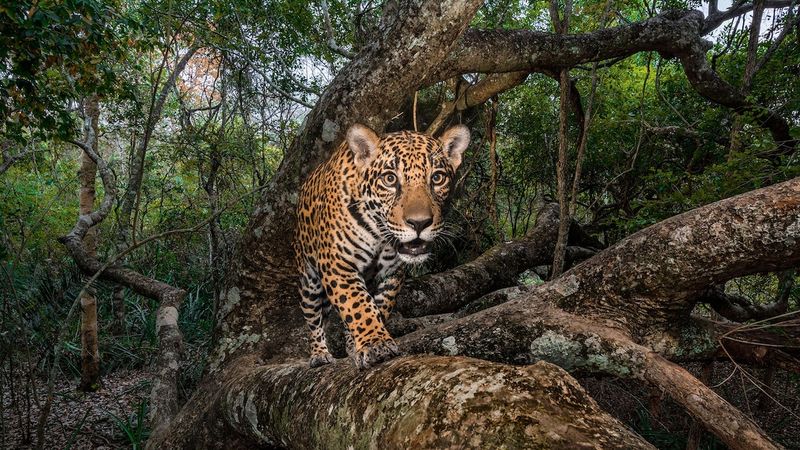
Modern habitat changes push these animals into new contact zones. Deforestation and agricultural expansion shrink jaguar territories while adaptable coyotes expand into previously uninhabited areas.
These human-caused shifts create unprecedented meeting opportunities. Wildlife corridors and protected areas now serve as crucial neutral zones where these predators might navigate unexpected encounters.
12. Cubs Change The Equation Dramatically
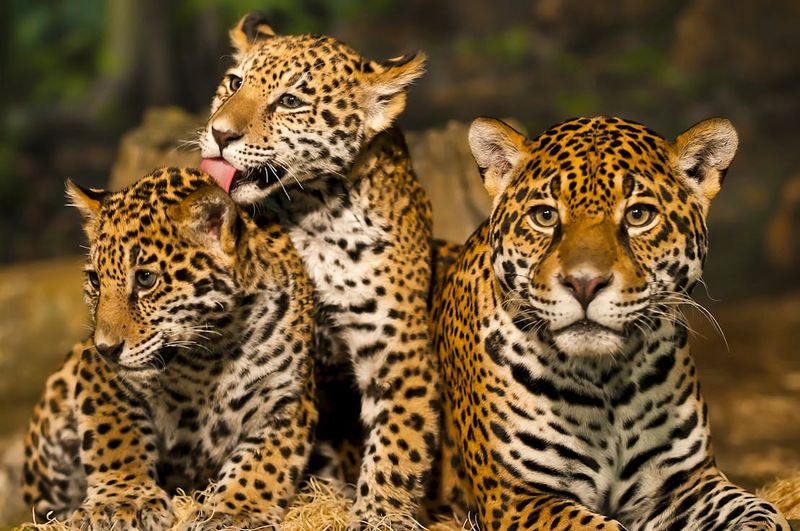
Parental instincts transform normal behavior patterns completely. A jaguar mother with cubs becomes extraordinarily aggressive toward any potential threat, including coyotes that might normally be ignored.
Coyote parents display remarkable bravery when defending pups, sometimes using diversionary tactics to lead predators away from den sites. These family-defense scenarios create the most unpredictable interaction dynamics.
13. Seasonal Changes Affect Encounter Probability
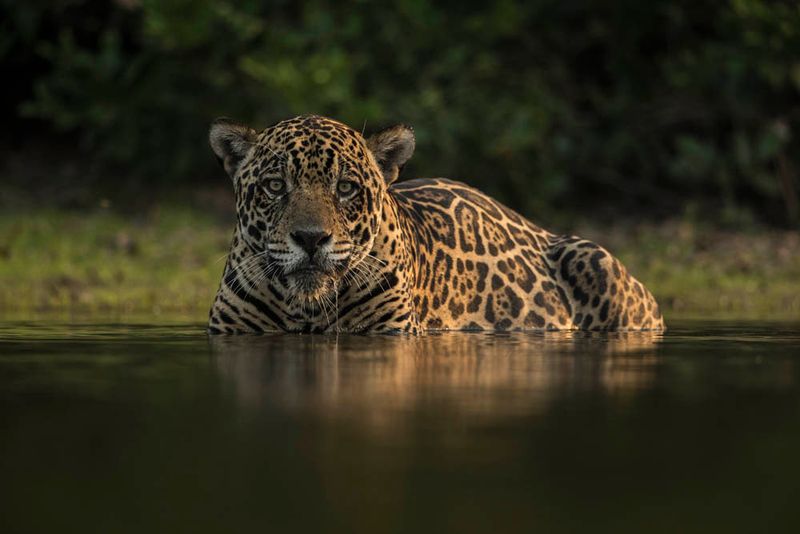
Weather patterns and seasonal cycles influence when these animals might meet. Dry seasons concentrate both predators around dwindling water sources, increasing encounter likelihood.
Mating seasons also impact behavior dramatically. Male jaguars travel widely seeking females during breeding times, potentially entering coyote territories they’d normally avoid. These seasonal factors create cyclical interaction patterns.
14. Scientific Observation Reveals Rare Insights
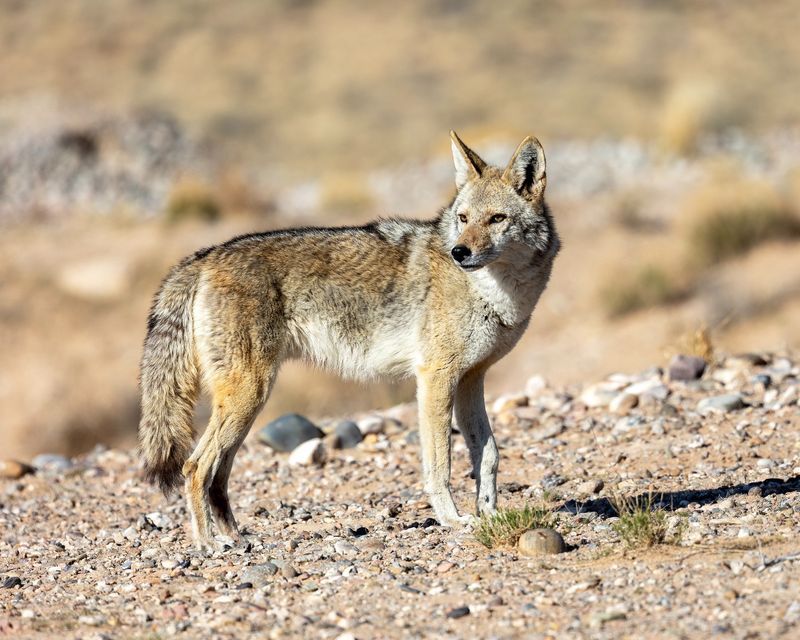
Wildlife researchers capture extraordinary data about these elusive interactions. Camera traps set along game trails have documented fascinating moments between these species that would otherwise remain unseen.
GPS collar studies reveal how these animals adjust travel routes to avoid each other. These scientific insights help conservation efforts by showing how multiple predator species navigate shared landscapes.


